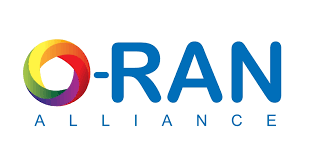In June, the O-RAN Software Community (OSC) published its 6th open software release, dubbed “F”
O-RAN Alliance has published a new set of 52 specifications for open and intelligent RAN, as the first batch of the O-RAN Release 003 specifications.
Among them there are 12 new titles, including use cases for massive MIMO and the R1 interface, E2 interface testing, O2dms interface, Acceleration Abstraction Layer, outdoor macro cell HW, and security specification of three different parts of the O-RAN Architecture.
“The O-RAN ALLIANCE has always taken security very seriously. We have recently converted the Security Focus Group into O-RAN’s 11th technical Work Group to allow even more intensive specification efforts in the field of security,” said Andre Fuetsch, chairman of the O-RAN Alliance and CTO of network services at AT&T. “Security experts from the O-RAN ecosystem have been applying systematic threat analysis on different components of the O-RAN Architecture. Security is becoming an integral part of individual interface or function specifications and there is a security testing specification for proper verification. A systematic and transparent approach to security by the broad O-RAN ecosystem follows best practices seen in other parts of the network to ensure the best possible, most secure solutions.”
Another 40 technical documents have been updated with extensions and new features, O-RAN Alliance said.
Also, in June, the O-RAN Software Community (OSC) published its 6th open software release, dubbed “F”. The F Release continues to improve the support for traffic steering and network slicing use cases, as well as the alignment with the latest O-RAN specifications, the O-RAN Alliance said.
In April, the O-RAN Alliance released its second wave of specifications for open radio access network (RAN) architecture.
The O-RAN Alliance noted that the O-RAN Release 002 focuses on enabling Open Intelligence. Features in this release included specifications for traffic steering, quality of service and quality of experience optimization, RAN slicing, and service management and orchestration.
O-RAN Release 001 focused on creating open interfaces that include open fronthaul, transport, hardware and cloud.

